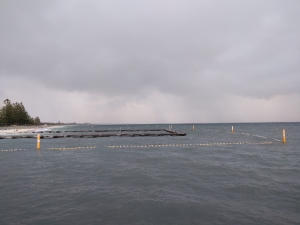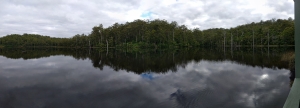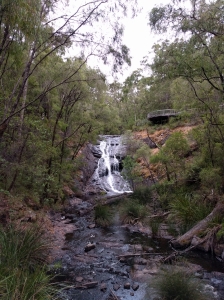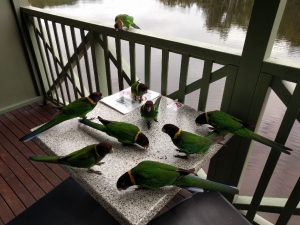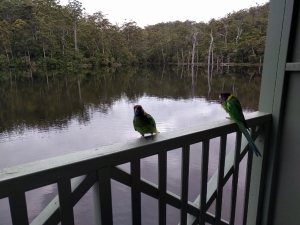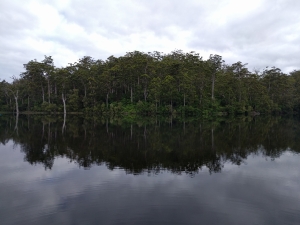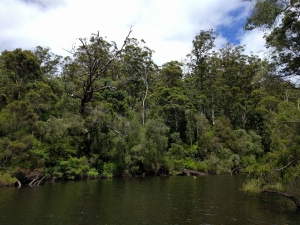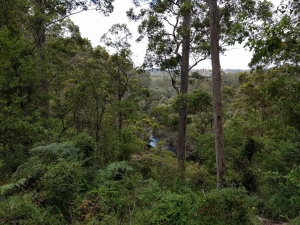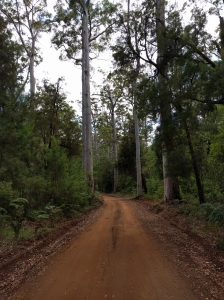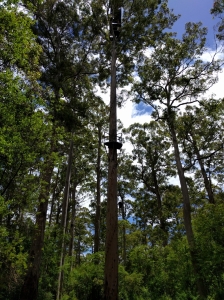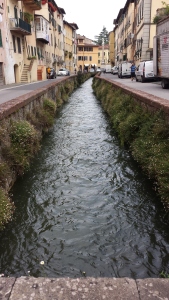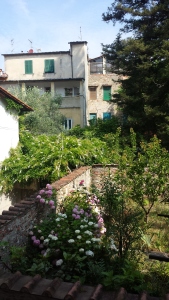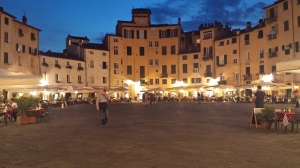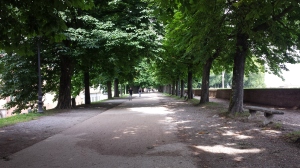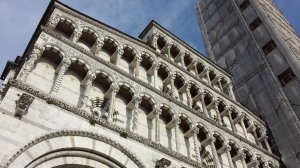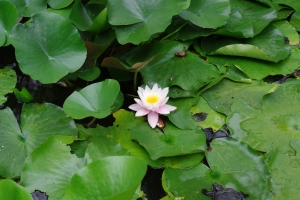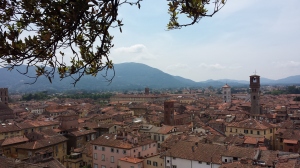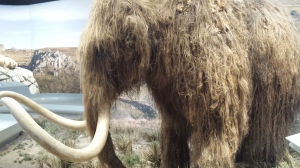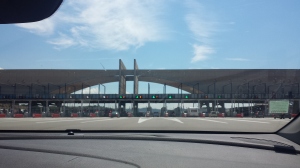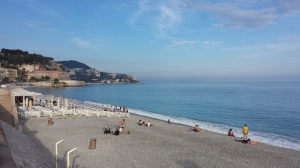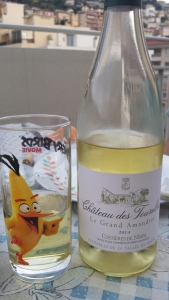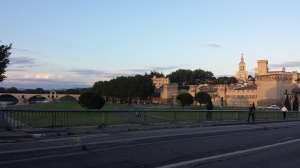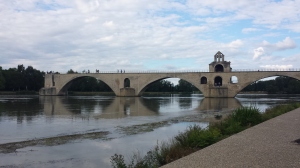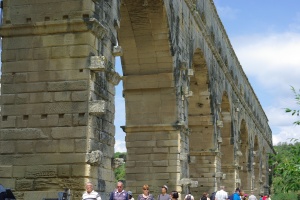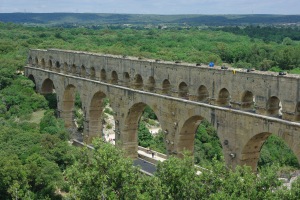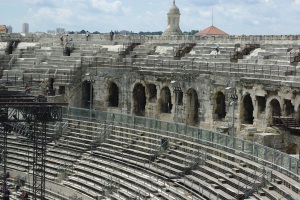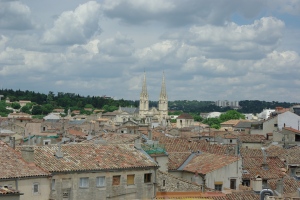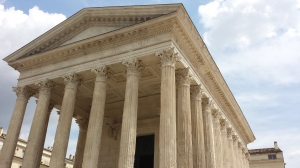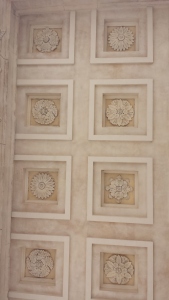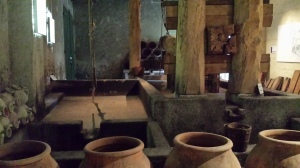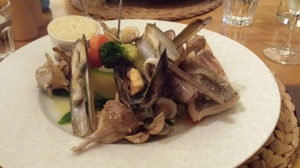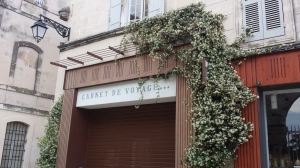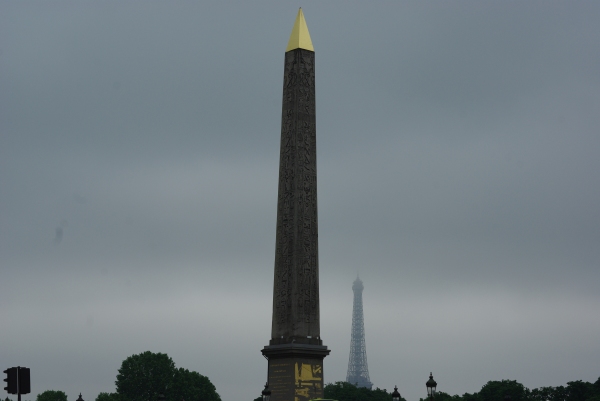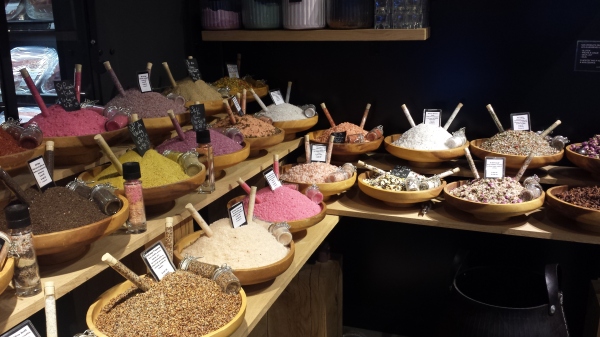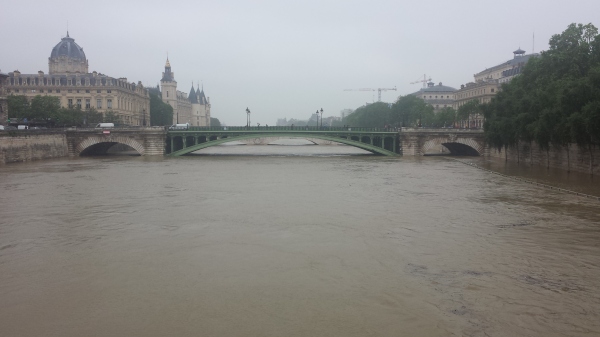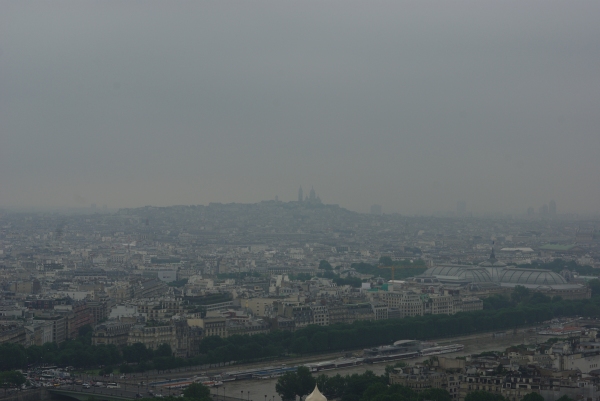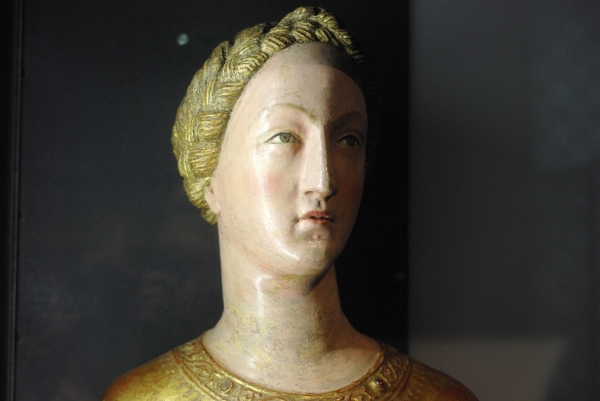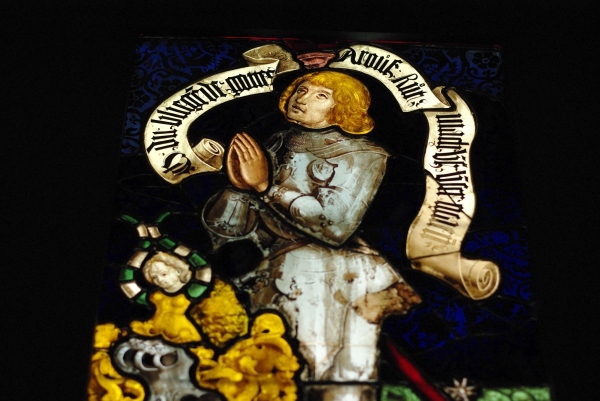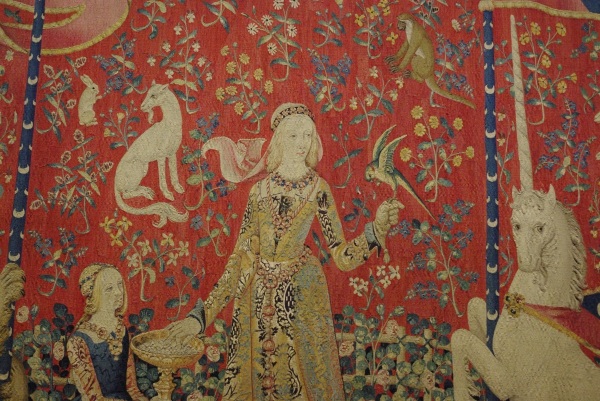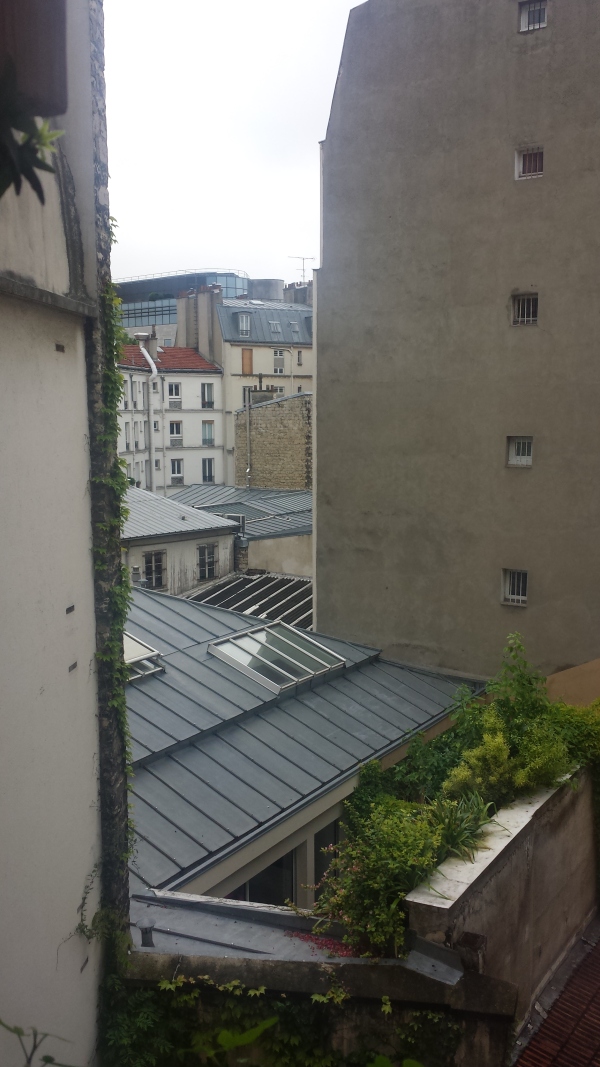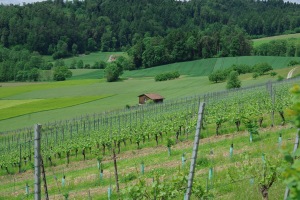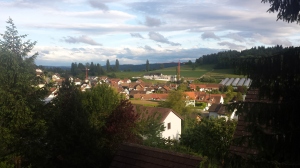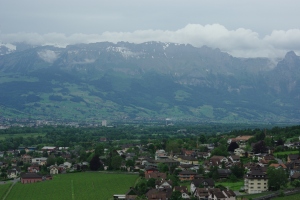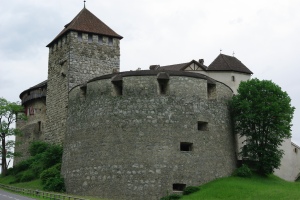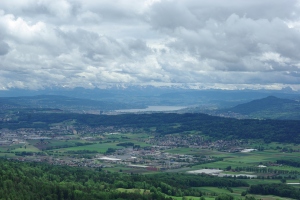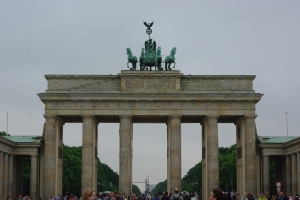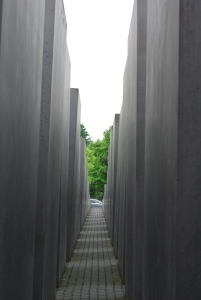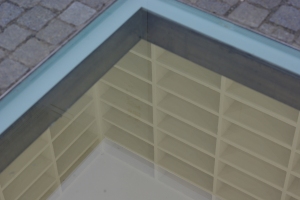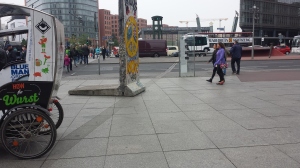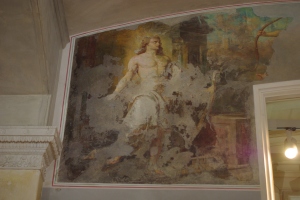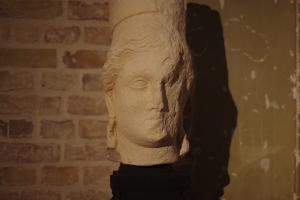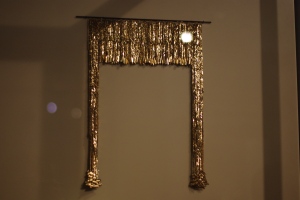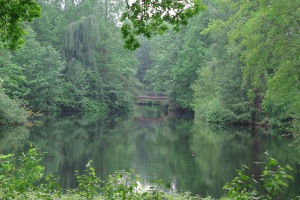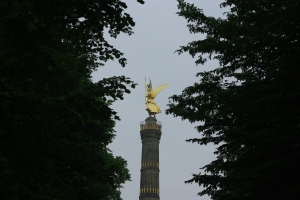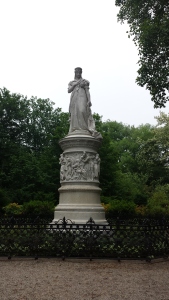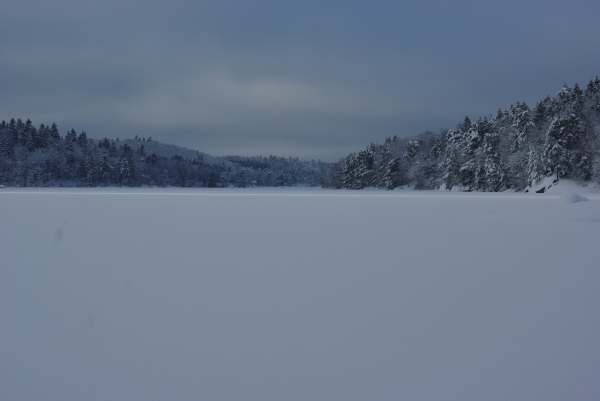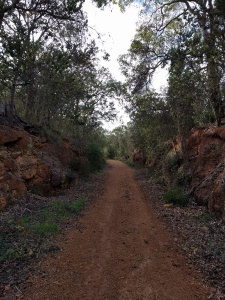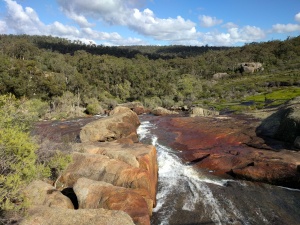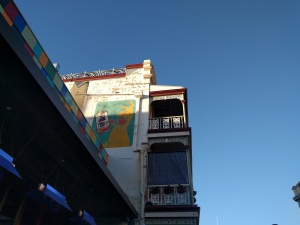The last time I travelled almost 300kms by road* I ended up in the capital city of another country, exchanging one language, monetary system and culture for another. This time I swapped the dramatic cliffs, pine forests, snowy fields and deep fjords for endless sweeping fields, flame coloured native christmas trees and towering forests. Rather than north we went south, stopping in at places known by the locals as ‘Bunners’, ‘Busso’, ‘Cow Town’ and ‘Margs’, proving that even within the same country, a language can change.
Margaret River, or Margs, is WA’s best known wine region, full of vines, big wineries, boutiques, chocolate stores and restaurants. Within minutes of sampling a local Cab Sav** you can be swimming on white sandy beaches or surfing in legendary beaches, or descending into ancient caves to see towering forms and fossils. If this sounds like I’m writing copy for a tourist magazine, keep in mind that when describing this area, it’s hard not to wax lyrical. Plus for a WA woman who has been to other, more famous regions, I maintain the right to be proud of the work of my fellow WA folk, from a state where we are not usually known for creating fine wine, art and culture. As we tasted Shiraz and Petit Verdot, chatted with the owners of the little, boutique wineries and drove along the tree lined, rural roads, it felt like another land where the days of indulgence and sun would meld into each other, and where we forgot about the days to come after the holiday. It was not this way for the whole of the holiday however.
We arrived in Busso with rain clouds dragging behind us, fat and sleepy from the food and relaxation of christmas, ready to drop our stuff and get started on the holiday mood. On our first and only stroll to the beach, just behind our accommodation, the clouds opened up and wind howled, sending us back to our rooms questioning our plan for an afternoon swim. Heading into town for groceries and dinner we went to have a walk on the jetty, which at almost 2kms long is the longest wooden jetty in the world.
Despite the intention to trek the whole length, the weather again conspired against us and with sheets of rain drove us back to our car, laughing and dripping. We dried out over dinner at a pub, and fell asleep almost before our heads hit the pillows, barely noticing the raucous chatter of our new neighbours.
The first full day had been planned sometime before, and so we headed off fairly early to our appointment at a jeweller, where we got a reality check and a day to think things over. After which we scoured the Margaret River breweries for a free table and eventually fed ourselves, lining our bellies for the wine to come. A chocolatier and a few boutique wineries followed in a haze of deliciousness and an edge of tipsiness, ending at a brewery that had just the right mix of casual and quality, and brought about a heart to heart and a happy glow to the end of the day. The glow extended as we happily contemplated our haul of wines that evening, and enjoyed a few glasses over our picnic dinner.
How do you know that a decision you make while on holiday, when your tastes run a certain way, and when you know that they could change, is the right one? Especially when it’s something that you will, quite literally, carry with you for the rest of your life? This is what we did on the next morning, confirming the order and walking out feeling simultaneously buoyed and flummoxed. It was done and there was no going back. From the forests of Yallingup, which translates as ‘The place of love’ in the Indigenous language, we followed winding roads to the Wardan Cultural Centre, where we were able to meet someone wonderful. We took a tour with her and her daughter, where we were shown the trees, flowers and fruits that her people have survived off for tens of thousands of years. We tasted the balga and the snakebush berries, and chewed peppermint tree leaves, and learnt of the sheoak and how to make a moi moi. Most of all we got to spend time with an elder who knew herself and her land, and was as much a natural leader as anyone else I have ever met. It was a privilege to hear her speak about survival, joke about people she’d met and watch her daughter learn, the girl’s eyes following everything and completely comfortable in her place.
I hope to be able to go on one of the survival camps she runs one day, so I can learn how to survive on the land that I call home. Even after most of my life lived in it, I couldn’t live on it.
From the life and tranquility of the bush we continued to sample wines, lunch in Margaret River and make our way further down south. The landscape changed from Marri and Jarrah forest, to Jarrah with absurdly tall, Dr Seuss-like balgas, paperbark swamps and recently burnt scrublands. In time we began to spot the trees that I love most of all, tall, white trunks sticking out among the old marri trees. They are the tallest trees I have ever seen, and when they fill the forest in looks like a haphazard temple, the columns and green canopy unmoving as we pass underneath.
We stayed at a well known resort just before Pemberton, where we had also enjoyed our first ever getaway holiday years before. In a cabin overlooking the artificial lake, with the rushing of the waterfall and the stately karri forest reflected in the water, it was another world.
It was a world that we shared with the wildlife, including ring necked parrots that didn’t take any encouragement to gobble the seeds that I put out for them. The resort provided them as an alternative to the bread and snacks and would otherwise make the birds sick, and they clearly knew the drill, warbling to bring in the whole gang as soon as the seeds appeared.
They also knew where the seed was coming from, and had a go at opening the plastic container with the seeds before I hid it, then watching me with eyes that were a bit too knowing. When no more seeds appeared, they moved on to the next sucker with a final squawk and beady stare.
Our own dinner was a more civilized affair with less mess, and without wifi or internet connection we were able to relax and enjoy the scenery and peace of the lake. All too soon we had to leave, with a hot, filling breakfast in our bellies and a few hundred kms of road ahead of us.
Before turning north, however, we couldn’t leave without properly seeing the karri trees and so I had my first go at proper off-road driving, albeit in an old Volvo.
The track wound down to a river, and through magnificent old growth forest, ending at the 75 metre tall Bicentennial Tree. It can be climbed with metal spikes covered by a net, which I didn’t attempt, despite what must have been an amazing view.
Leaving the beautiful trees and ancient forest behind, we went north, stopping for lunch, and an ice-cream at a lavender farm. We of course visited one final winery, an old favourite that didn’t disappoint, and so it was that we arrived home satisfied, laden with wine and chocolate and dreaming of the forest that awaits the next holiday.
* By strange coincidence, the distance between Göteborg and Oslo, and my home and Margaret River is exactly 293 kms.
** Cabernet Sauvignon, for non-Australians
Places visited:
House of Cards Wines
Gabriel’s Chocolate
John Miller Design
Ashbrook Wines
Cape Grace Wines
The Beer Farm
The Cheeky Monkey Brewery
Wardan Aboriginal Cultural Centre
Thompson Brook Wines
Balingup Lavender farm

